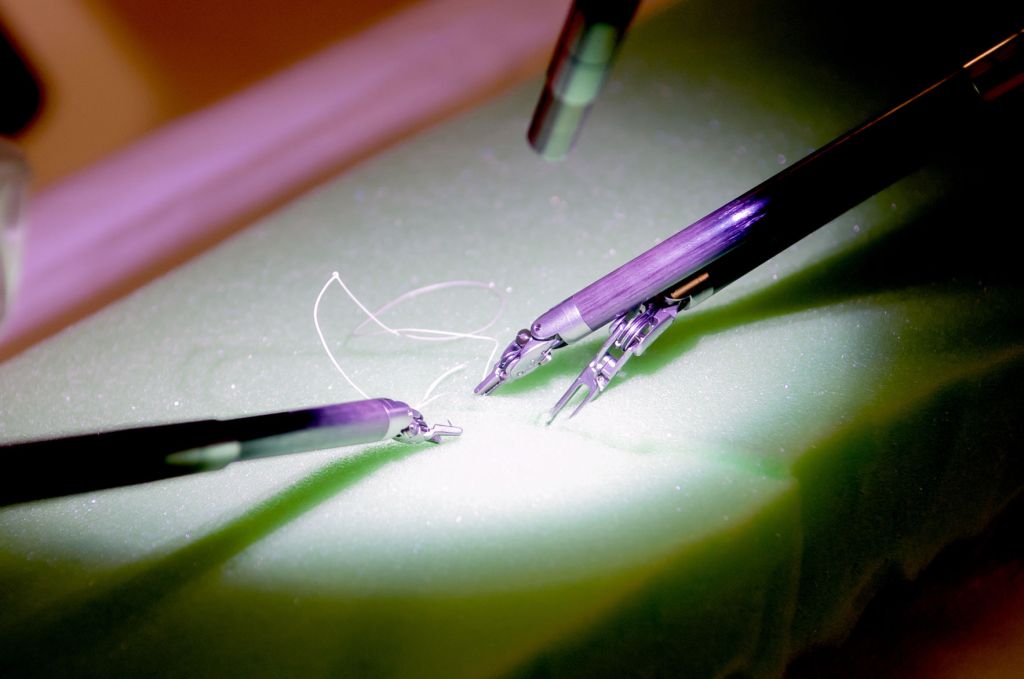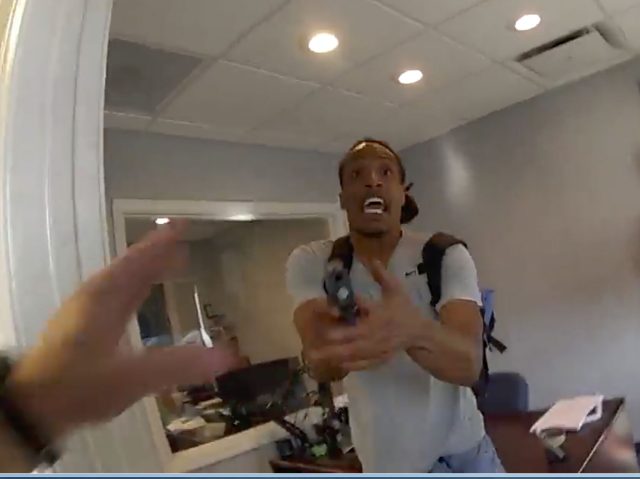Future sutures: New technology puts Greenview on surgical cutting edge
Published 8:00 am Monday, October 2, 2017

- Graves Gilbert Clinic urologist Dr. Matthew Rutter uses a console Friday, September 29, 2017, which translates the movements of his hands, wrists and fingers into precise, real-time movements of surgical instruments during a demonstration at TriStar Greenview Regional Hospital. (Bac Totrong/photo@bgdailynews.com)
Urologist Matthew Rutter, both his thumbs and forefingers slid into hoops on what look like video-game controllers, peers at a three-dimensional image on a small screen. Even in his scrubs, the hunched-over Rutter looks a bit like Luke Skywalker defending the Millennium Falcon from pesky TIE fighters.
He’s not manning a laser cannon, but Rutter may have something more powerful at his disposal. The chairman of surgery at TriStar Greenview Regional Hospital, he is at the controls of a da Vinci Xi surgical robot that is connected wirelessly to an advanced operating table from Trumpf Medical.
As Rutter controls a high-definition camera and suturing tools that extend from the robot’s four arms, a Siri-like disembodied voice announces: “Ready for table motion.”
Now comes the cool part. Like a Jedi Knight using The Force, Rutter makes the table tilt in ways that can put his patient in the best position for the robot’s surgical tools to do their job.
“The table and the robot talk to each other,” Rutter said. “Many of the things I do require me to move tools to different parts of the abdomen. With this table, I can move the table where it’s needed. It allows us to move the patient without having to unhook the robot.”
The future is now at Greenview, where the pairing of the fifth-generation da Vinci robot with the Trumpf table is revolutionizing the way Rutter and other surgeons do their jobs.
Robotic surgery has been in Bowling Green for eight years, first at The Medical Center and then at Greenview, but Rutter explains that the $100,000 Trumpf advanced operating table has taken the surgical capabilities to a new level.
“This is kinda like a science-fiction device,” said the surgeon. “With the old system, we would have to unhook the instruments and then move the table manually to get to different areas of the body. This allows more maneuverability.”
Rutter explained that the advanced table is the only one of its kind in Bowling Green and even gives the city a leg up on many larger cities.
“We have the highest technology,” he said. “There are hospitals in Nashville and Louisville that don’t have this type of technology.”
By increasing the hospital’s ability to use minimally invasive robotic surgery, the da Vinci Xi and the Trumpf table have many potential benefits for patients.
Rutter and TriStar Greenview Chief Operating Officer Andrew Bedi say the use of robotics can reduce pain and blood loss and shorten hospital stays.
“The navigation of robotic surgery enhances our physicians’ reach to go right to the source of the problem,” Bedi said. “We are excited to offer our patients this advanced surgical technology to treat their problems and often have a quicker recovery and shorter hospital stay.”
Rutter, a former professor at the University of Toledo College of Medicine, sees devices such as the maneuverable table as the future of surgery because they offer so many more advantages than traditional surgery.
“I’m still comfortable doing open surgery,” said Rutter, a Graves-Gilbert Clinic physician who does surgeries at both Bowling Green hospitals. “But if I open you up, you’ll be here four or five days. With the robot, you’ll go home the next day.”
Robots like the ones available at both Bowling Green hospitals may make traditional surgery go the way of the typewriter.
“I saw the (robotics) concept when I was in college,” Rutter said. “But I didn’t envision myself doing it. I was fortunate to train during the transition to this.
“When I retire, I expect open surgery to be a rare thing.”






